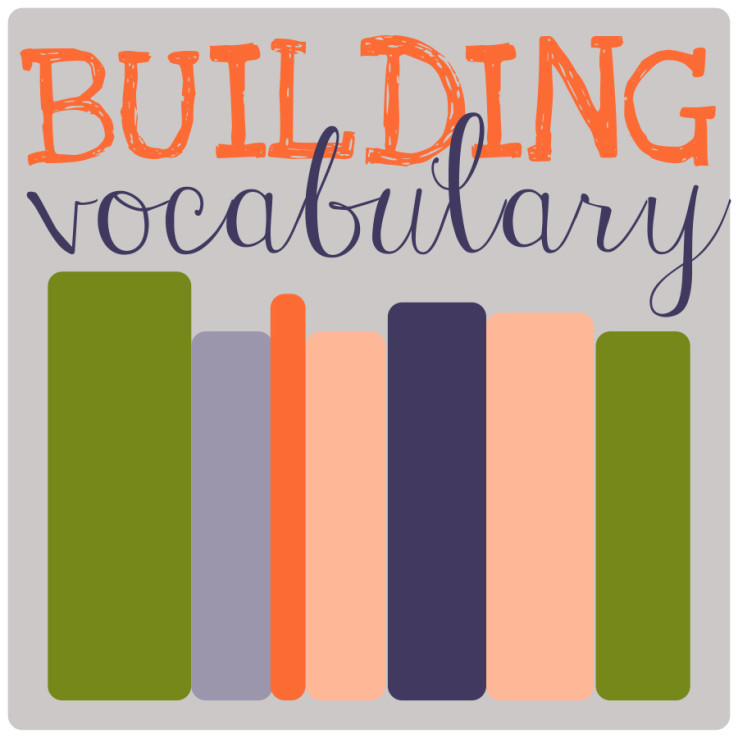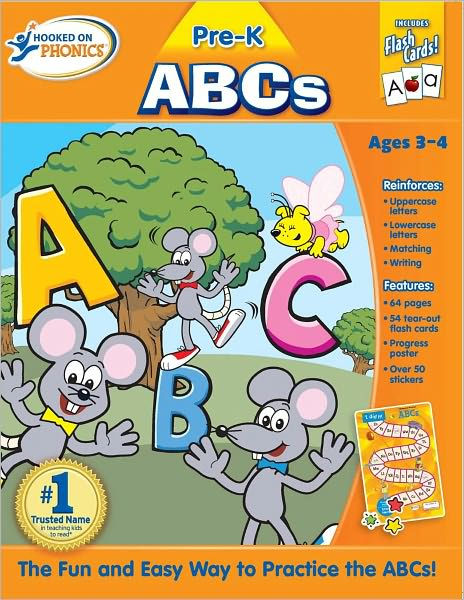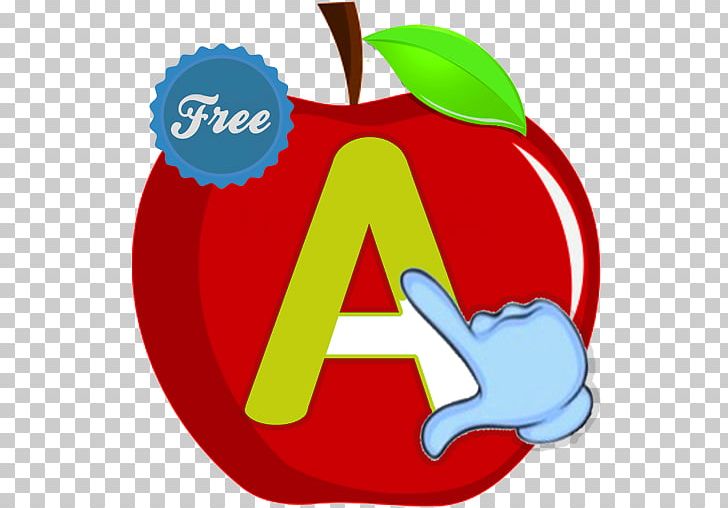How to help children with learning disabilities easy parenting tips
Table of Contents
Table of Contents
If you have a child with a learning disability, you know that it can be a challenging and sometimes frustrating experience. However, there are many ways to help your child overcome their challenges and achieve their fullest potential.
Pain Points in Helping Children with Learning Disabilities
Children with learning disabilities often struggle in school and may become discouraged. They may feel like they are not as smart as their peers, and struggle to keep up with their workload. This can lead to low self-esteem and poor performance in school, which can in turn lead to behavioral problems and other issues.
How to Help Children with Learning Disabilities
There are many ways to help children with learning disabilities. One of the most important things you can do is to provide them with a supportive and encouraging environment. You should also work closely with their teachers and other professionals to develop an Individualized Education Program (IEP) that is tailored to their specific needs.
Another important aspect of helping children with learning disabilities is to provide them with plenty of opportunities to practice and develop their skills. This may involve providing extra tutoring or working with them on homework assignments. You may also want to consider enrolling them in after-school programs or summer camps that are specifically designed for children with learning disabilities.
Finally, it is important to be patient with your child and to celebrate their successes, no matter how small they may be. Remember that progress takes time, and that your child is capable of achieving great things with the right support and encouragement.
Summary of How to Help Children with Learning Disability
Helping children with learning disabilities can be a challenging task, but with the right approach and support, it is possible to help them overcome their challenges and achieve their full potential. Some key strategies include providing a supportive environment, developing an individualized education plan, offering additional tutoring and practice opportunities, and being patient and encouraging.
Importance of Communication in Helping Children with Learning Disabilities
When helping children with learning disabilities, it is important to establish good communication with them. This can mean taking the time to listen to their concerns and frustrations, and working with them to develop strategies for overcoming their challenges.
One way to establish good communication with your child is to set aside dedicated time each day to talk about their experiences in school and any challenges they may be facing. This can help them feel heard and validated, and can also help you stay informed about their progress and any areas that may need additional support.
Benefits of Assistive Technology in Helping Children with Learning Disabilities
Assistive technology can be a valuable tool in helping children with learning disabilities. This can include tools like text-to-speech software, which can help children who struggle with reading and writing to better understand written material. It can also include speech recognition software, which can help children who struggle with writing to complete written assignments more easily.
Other types of assistive technology can include tools like graphic organizers, which can help children to better visualize complex information, or specialized keyboards with larger, easier-to-read keys.
Benefits of Exercise in Helping Children with Learning Disabilities
Exercise can also be an important tool in helping children with learning disabilities. Regular physical activity can help to boost cognitive function and memory, and can also help to reduce stress and anxiety. It can also help children to improve their social skills and develop better self-esteem, which can in turn help them to perform better in school.
Personalized Learning Plans for Children with Learning Disabilities
Personalized learning plans can be a valuable tool in helping children with learning disabilities to achieve their fullest potential. These plans are tailored to the specific needs and learning style of each individual child, and can address a wide range of different challenges and difficulties.
One of the key benefits of personalized learning plans is that they can be developed in collaboration with the child, their teachers, and other professionals. This can help to ensure that everyone is working together to support the child’s learning and development, and can also help to build a sense of teamwork and collaboration.
Question and Answer:
Q: What is an IEP?
A: An IEP is an Individualized Education Program, which is a legal document that outlines the educational goals and specific accommodations that a child with a disability will need to succeed in school.
Q: What are some common types of learning disabilities?
A: Some common types of learning disabilities include dyslexia, ADHD, and autism spectrum disorder.
Q: How can parents advocate for their child with a learning disability?
A: Parents can advocate for their child by staying informed about their rights and working closely with their child’s teachers and other professionals. They can also attend meetings with school administrators or other professionals to ensure that their child’s needs are being met.
Q: Are there any support groups or resources available for parents of children with learning disabilities?
A: Yes, there are many support groups and resources available for parents of children with learning disabilities. These may include local support groups, online forums, or national advocacy organizations.
Conclusion of How to Help Children with Learning Disability
Helping children with learning disabilities can be a challenging task, but with the right approach and support, it is possible to help them overcome their challenges and achieve their full potential. By providing a supportive environment, developing an individualized education plan, offering additional tutoring and practice opportunities, and being patient and encouraging, parents and teachers can work together to help these children succeed.
Gallery
Signs & Symptoms Of Learning Disabilities In Kids, Its Causes, Types
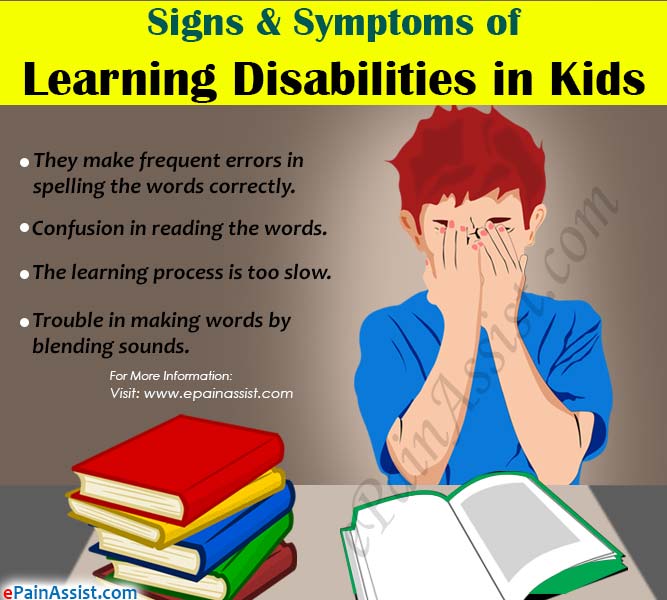
Photo Credit by: bing.com / learning disabilities signs symptoms kids causes types problems disorders its ways mental cope advertisement hearing visual
Under My Cloud: Cardinal Rules For Conducting Social Skills Training
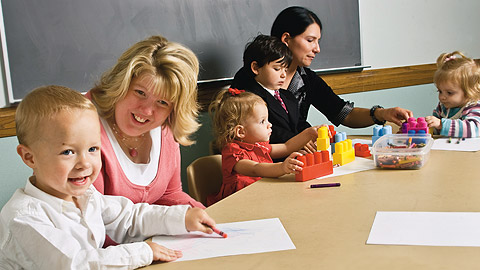
Photo Credit by: bing.com / learning children disabilities teaching disability social skills lds understanding teachers cloud training under validation consumer target groups helps list
How To Identify Students With Learning Disabilities – TeacherPediaNG

Photo Credit by: bing.com / learning disabilities students identify children types
How To Help Children With Learning Disabilities: Easy Parenting Tips
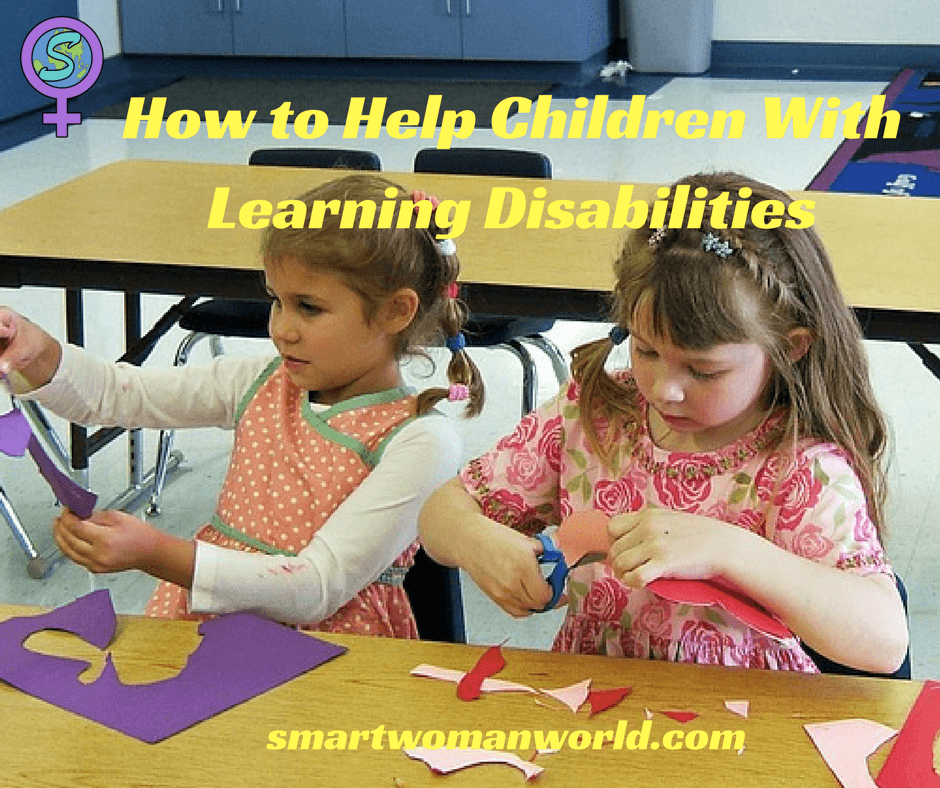
Photo Credit by: bing.com / disabilities
Learning Disability Support

Photo Credit by: bing.com / disability

